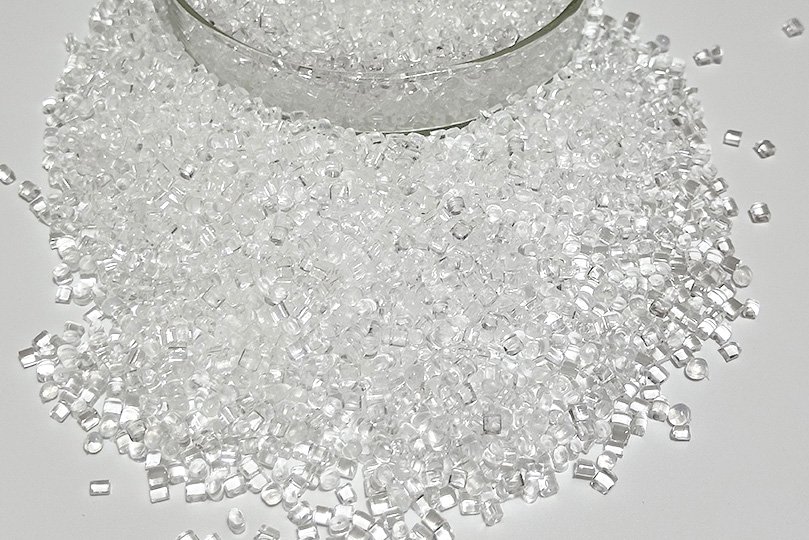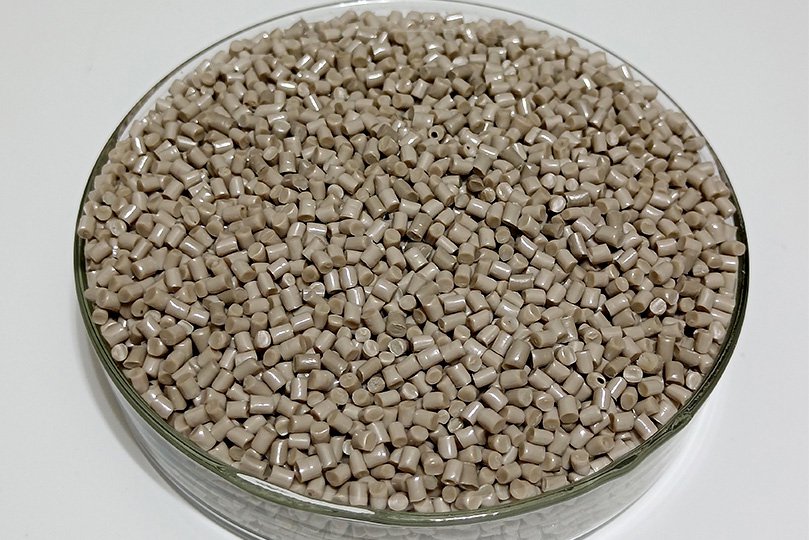Special engineering plastics, also known as high-performance polymers, are the third-generation plastics developed after the first generation of general-purpose plastics and the second generation of engineering plastics. Its classification mainly considers the level of heat resistance of the product.

Universal plastics refer to a type of plastic that has been used for a long time at temperatures below 212°F. This type of plastic has a large production capacity and a wide range of uses, generally including propylene (PP)/polyethylene (PE)/polystyrene (PS), polyvinyl chloride (pVC), etc.
Engineering plastics refer to a type of material with a density generally 1/6 to 1/5 of steel and 13 to 2/3 of aluminum, which has a high specific strength and can reach more than 5 times the strength of ordinary steel when used for a long time at a temperature lower than 302°F. They are the preferred material for lightweight in fields such as automobiles and transportation. Mainly including nylon (PA), polyoxymethylene (POM), polycarbonate (PC), etc.
Special engineering plastics refer to a type of plastic that has been used for a long time at temperatures as high as 302 Fahrenheit, which cannot be considered a very scientific definition. However, various varieties are still within the specified range, mainly including fluoroplastics, polyphenylene sulfide (PPS), polyetherimide (PE), polyetherketone(PEEK), thermoplastic polyimide (TPI), polyarylester or liquid landscape polymer (LCP), etc.
With the continuous development of technology, the application of special engineering plastics in various fields is becoming increasingly widespread. In the development process of special engineering plastics, some legendary products such as polyimide (PI) and polyether ether ketone (PEEK) have attracted much attention. These materials have extremely high heat resistance and mechanical strength, and are known as the "king of plastics" and "king of kings". Their research and application have brought tremendous impetus to technological breakthroughs in many fields.

These plastic materials have excellent properties, such as high temperature resistance, corrosion resistance, high strength, and are widely used in fields such as aerospace, electronics, automotive, medical. In the aerospace field, special engineering plastics such as Pl and PEEK are used to manufacture aircraft engine components, high-temperature filters, etc., which have extremely high heat and corrosion resistance, such as seats, windows, and engine components; In the automotive industry, they are used to produce engine components and electronic system components; In the field of electronics and electrical appliances, they are used to manufacture various electronic components, connectors, and insulators, with excellent electrical insulation performance and mechanical strength. In the medical field, they are used to manufacture artificial joints and surgical instruments.
Overall, the development of special engineering plastics has provided strong support for technological progress in various fields. These materials not only have excellent performance, but also have broad application prospects. Looking ahead, special engineering plastics will continue to play a key role in modern industry. However, it should be noted that despite the broad prospects, the special engineering plastics industry also faces challenges such as fluctuations in raw material prices, stricter environmental regulations, and the emergence of alternative materials. These challenges prompt companies to engage in technological innovation and explore more economical and environmentally friendly solutions.
By continuing to use the site you agree to our privacy policy Terms and Conditions.